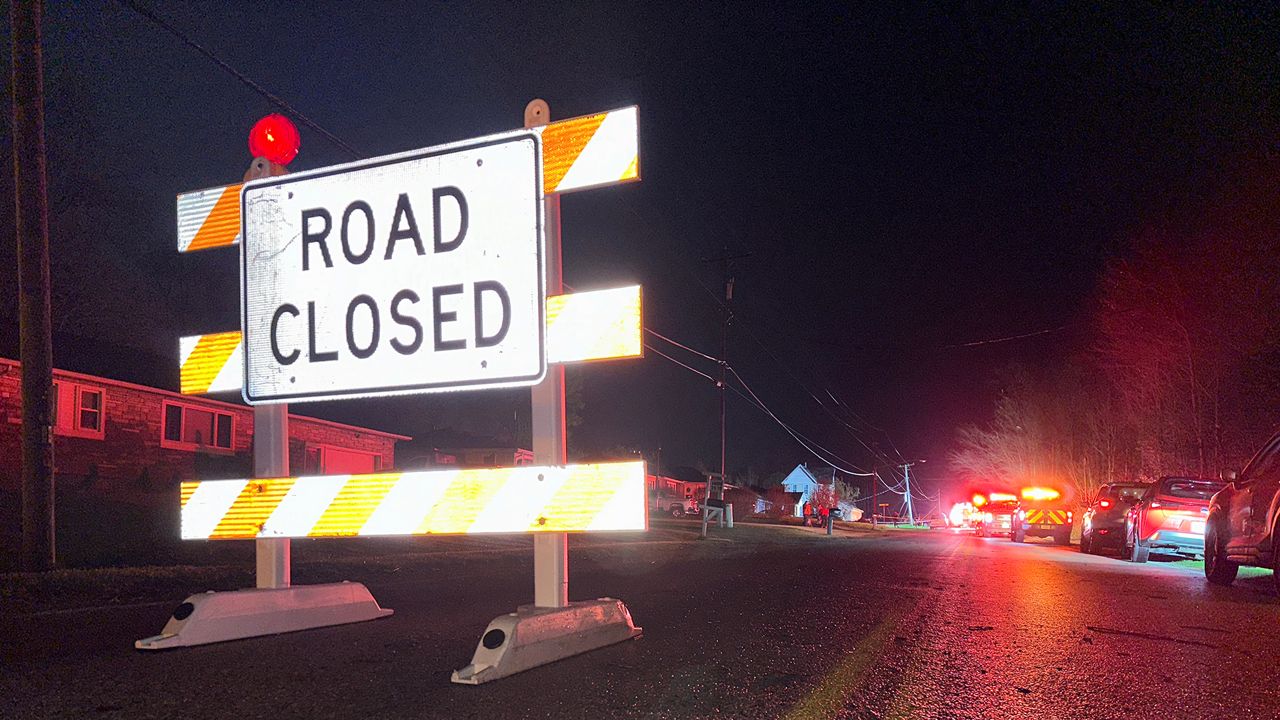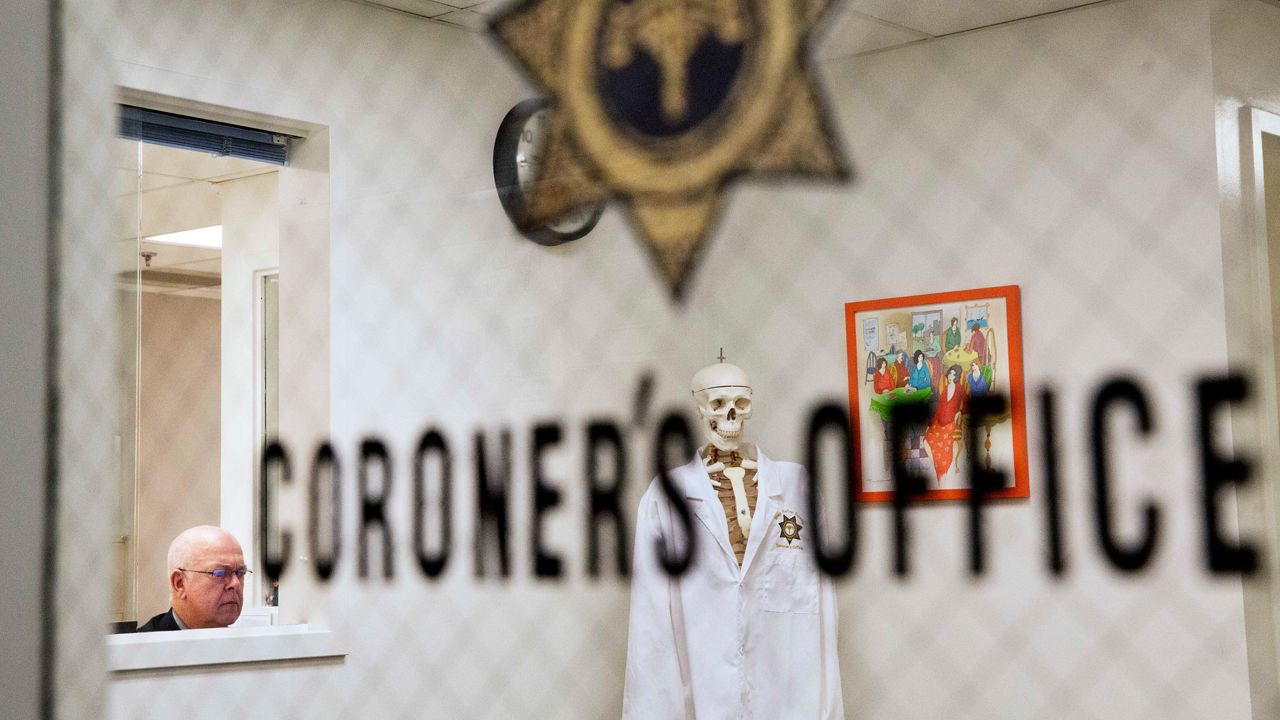CANTON, Ohio — Jon Kendle of the Pro Football Hall of Fame said the NFL's origins are in Canton.
Several professional football franchise owners met at a car dealership to create The American Professional Football Association. It would be renamed as the National Football League two years later.
“Pro football wasn’t created in Canton, Ohio, and Stark County," Kendle said. "But it really grew up here."
The Canton Bulldogs were the first NFL Champions and won back-to-back titles in 1922 and 1923. Before Super Bowl rings, pocket watches were the trinkets of title-winners.
The Hall of Fame wasn’t built until 40 years after the bulldogs' back-to-back championships. The first ever enshrinement class is from 1963 and was the largest class until the class of 2020. Kendle said the first class had to catch up with decades of history.
“We didn’t open our doors until 1963," Kendle said. "So we had to kind of go back and enshrine a class of the pillars that the game was built upon.”
Among all the artifacts, there’s still more history back in the Ralph Wilson Jr Pro Football Research and Preservation Center. It includes the growth of the hall’s campus.
“We house over 40 million pages of documents, six million photographic images, not just about the history of the game, but really every player coach and contributor that really brought the game to what it is today," Kendle said.
Decades of relics and documents are housed on the shelves. Kendle said what you see on display in the hall is nothing close to the inventory of history they have in the back.
“We have close to 800 or so artifacts and documents within our museum, but it’s probably around or less than 1% of our entire collection,” Kendle said. “And so we’re constantly working on exhibits and telling the pro football history and rotating as many artifacts and documents as we can.”
And there will always be new pieces of history with every snap, so their collection won’t stop growing.
“This is an ever-evolving, ever-growing history,” Kendle said. “It doesn’t have an end. And so we are looking 10 years, 20 years, 50 years into the future of how this thing continues to grow and preserving that history that individuals are gonna want to know about 50 years from today.”









